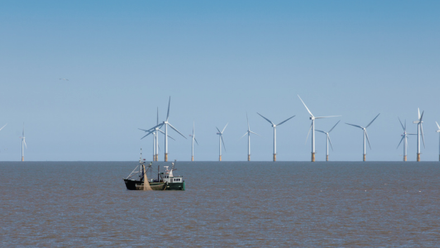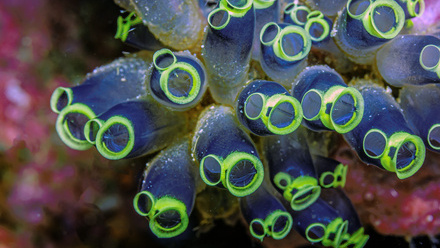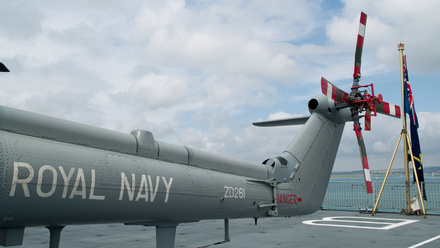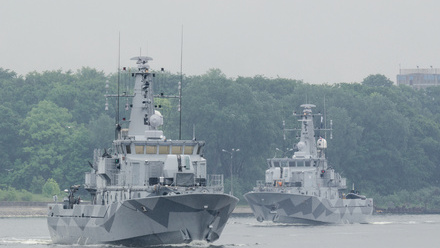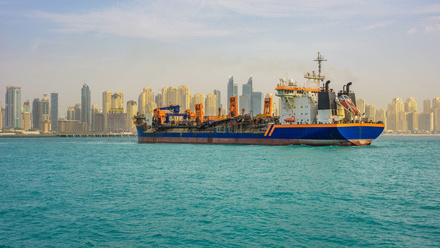Discarded fishing gear makes up 10% of marine litter
New programme launched by Ocean Legacy Foundation aims to tackle major problem.
The impact of the fishing industry’s more damaging activities, be it overfishing or bottom trawling, are well known. Less familiar but equally problematic is the burden of abandoned, lost, or otherwise discarded fishing gear (ALDFG), which is a major contributor to dangerous plastic and other waste in our waters, and which can needlessly maim and kill sea life.
According to the WWF, it’s estimated the so-called ‘ghost gear’ makes up at least 10% of marine litter – that’s between 500,000 and 1 million tonnes of fishing gear abandoned in the ocean each year.
This causes problems for sea creatures and for the humans who depend on them. Animals caught or entangled in ghost gear can die a painful death through suffocation or exhaustion – sometimes these species are of commercial value and their loss in this way undermines the sustainability and economic returns of fisheries.
Some species have been driven to near extinction by ghost gear. In Mexico's Upper Gulf of California, for example, abandoned gillnets helped drive the vaquita porpoise to the brink of extinction. Ghost gear also damages valuable marine habitats, such as coral reefs and mangroves, and this can have long-tail consequences.
What can be done with old gear?
Earlier this year, Ocean Legacy Foundation, a Canadian NGO founded in 2013 and which is accredited by the United Nations Environment Programme (UNEP) and a global leader in marine plastic recovery and recycling, launched a first-of-its-kind Marine Plastic Management Program (MPMP).
The MPMP is part of Ocean Legacy Foundation’s Strategic Management of Ghost Gear in Coastal Land, an initiative endorsed by UNESCO’s Ocean Decade under the Ocean Practices of the Decade Programme.
Speaking at the launch, Chloé Dubois, Executive Director of the Ocean Legacy Foundation said the programme represented a “transformative step forward” in addressing the mounting challenge of marine plastic pollution. “Through the integration of waste recovery, tracking, sorting, and recycling technologies, the MPMP makes it possible to close the loop on marine plastics by turning waste into valuable resources,” she said.
By participating in this MPMP, businesses join a growing network of changemakers who are reducing plastic leakage into ecosystems and improving material traceability. “Members get access to enhanced ESG reporting, a tier-specific annual membership deal, up and coming plastic-carbon accounting metrics, access to products which use their gear as well as a swath of other benefits,” according to the NGO.
These kinds of incentives are important because end-of-life fishing waste isn’t easy to recycle. The high-performance ropes used for towing, vessel mooring, and offshore operations are hard to recycle because of their durability, rope form factor and contamination from the sea. Ocean Legacy Foundation has teamed up with Samson Rope Technology to produce consumer products made from used marine rope.
Retired High Modulus Polyethylene (HMPE) ropes previously used as vessel mooring and towing lines are processed using advanced recycling techniques at Ocean Legacy Foundation’s Plastic Pollution Emergency Response Facility in Richmond, BC. The fibrous materials are densified into a usable form, which is then repurposed into functional and durable items, such as vertical towers that support the growth of different types of plants.
Tell us what you think about this article by joining the discussion on IMarEST Connect.
Image: clearing up fishing gear in British Colombia. Credit: Ocean Legacy Foundation.

